Intro
Discover how vaginal ring birth control works with 5 effective methods, offering convenient contraception and hormonal balance, reducing pregnancy risks and menstrual symptoms.
The use of birth control methods has become increasingly popular over the years, with various options available to suit different needs and preferences. One such method is the vaginal ring, a flexible and convenient form of birth control that has gained significant attention in recent years. Understanding how the vaginal ring works is essential for individuals considering this method, and this article aims to provide an in-depth explanation of its mechanism, benefits, and usage.
The vaginal ring is a small, flexible ring made of plastic that is inserted into the vagina to prevent pregnancy. It releases hormones, such as estrogen and progestin, which are absorbed into the bloodstream, preventing ovulation and thickening the cervical mucus to block sperm. The ring is a popular choice among women due to its ease of use, convenience, and minimal side effects. With its growing popularity, it's essential to delve into the details of how the vaginal ring works, its benefits, and what to expect when using this method.
The vaginal ring is a highly effective form of birth control, with a success rate of over 90%. It's essential to understand the science behind its effectiveness and how it compares to other birth control methods. By exploring the intricacies of the vaginal ring, individuals can make informed decisions about their reproductive health and choose the best method for their needs. In this article, we'll explore the five ways the vaginal ring works, its benefits, and what to expect when using this method.
Introduction to Vaginal Ring Birth Control
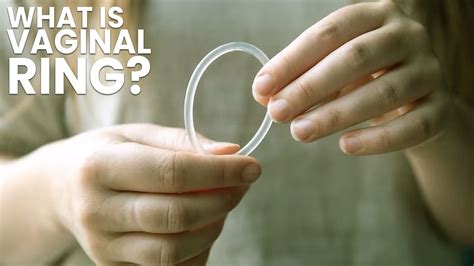
How the Vaginal Ring Works
The vaginal ring works by releasing hormones that prevent ovulation, thicken the cervical mucus, and thin the lining of the uterus. This combination of effects makes it difficult for sperm to reach the egg, preventing fertilization and pregnancy. The ring releases a steady dose of hormones, which are absorbed into the bloodstream, providing continuous protection against pregnancy. The hormones released by the ring also help to regulate menstrual cycles, reducing the risk of irregular periods and heavy bleeding.Benefits of Vaginal Ring Birth Control
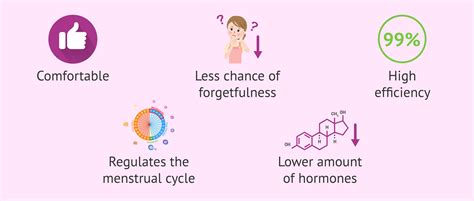
Convenience and Ease of Use
The vaginal ring is a convenient and easy-to-use method of birth control. It's a small, flexible ring that is inserted into the vagina, where it remains for three weeks. The ring is designed to be comfortable and unobtrusive, allowing women to go about their daily activities without worrying about their birth control. The ring is also a low-maintenance method, requiring minimal effort and attention. Women can insert the ring themselves, and it's easy to remove and replace as needed.Mechanism of Vaginal Ring Birth Control
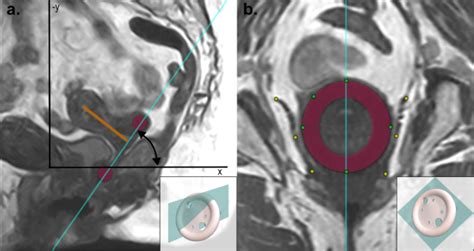
Steps to Use the Vaginal Ring
Using the vaginal ring is a straightforward process that requires minimal effort. Here are the steps to follow: * Insert the ring into the vagina, making sure it's comfortable and secure. * Leave the ring in place for three weeks, allowing it to release hormones and provide protection against pregnancy. * Remove the ring after three weeks and take a one-week break, allowing for menstruation. * Insert a new ring after the one-week break, starting the cycle again.Effectiveness of Vaginal Ring Birth Control
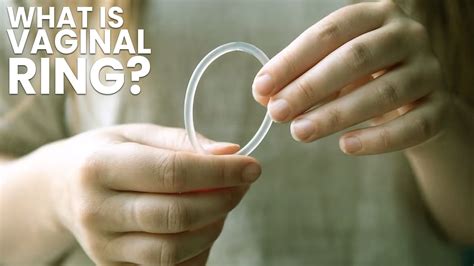
Risks and Side Effects
While the vaginal ring is a safe and effective method of birth control, there are some risks and side effects to be aware of. These include: * Increased risk of blood clots and stroke * Nausea and vomiting * Breast tenderness and mood changes * Headaches and dizziness * Vaginal irritation and dischargeComparison to Other Birth Control Methods
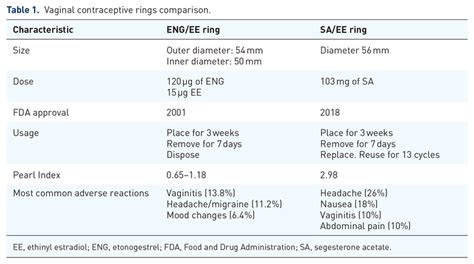
Choosing the Right Birth Control Method
Choosing the right birth control method depends on individual needs and preferences. Here are some factors to consider: * Effectiveness: How important is it to prevent pregnancy? * Convenience: How much time and effort are you willing to dedicate to your birth control method? * Side effects: Are you sensitive to certain hormones or materials? * Cost: What is your budget for birth control? * Lifestyle: Are you looking for a discreet method or one that's easy to use on the go?Conclusion and Final Thoughts
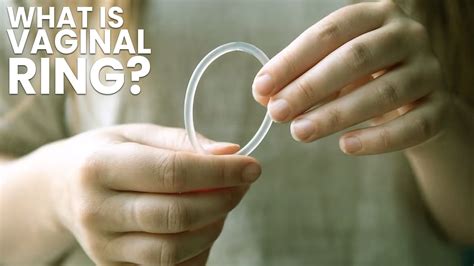
We invite you to share your thoughts and experiences with the vaginal ring or other birth control methods in the comments below. Your feedback and insights can help others make informed decisions about their reproductive health. Don't forget to share this article with friends and family who may be interested in learning more about the vaginal ring and its benefits.
What is the success rate of the vaginal ring?
+The vaginal ring has a success rate of over 90%, making it a highly effective form of birth control.
How do I insert the vaginal ring?
+To insert the vaginal ring, simply push it into the vagina, making sure it's comfortable and secure. Leave it in place for three weeks, then remove it and take a one-week break.
What are the common side effects of the vaginal ring?
+Common side effects of the vaginal ring include nausea, breast tenderness, and mood changes. However, these side effects are usually mild and temporary.
Can I use the vaginal ring while breastfeeding?
+It's generally recommended to avoid using the vaginal ring while breastfeeding, as it can affect milk production. However, it's essential to consult with a healthcare provider before making any decisions.
How much does the vaginal ring cost?
+The cost of the vaginal ring varies depending on the location and insurance coverage. However, it's generally considered to be a cost-effective option, especially when compared to other forms of birth control.
